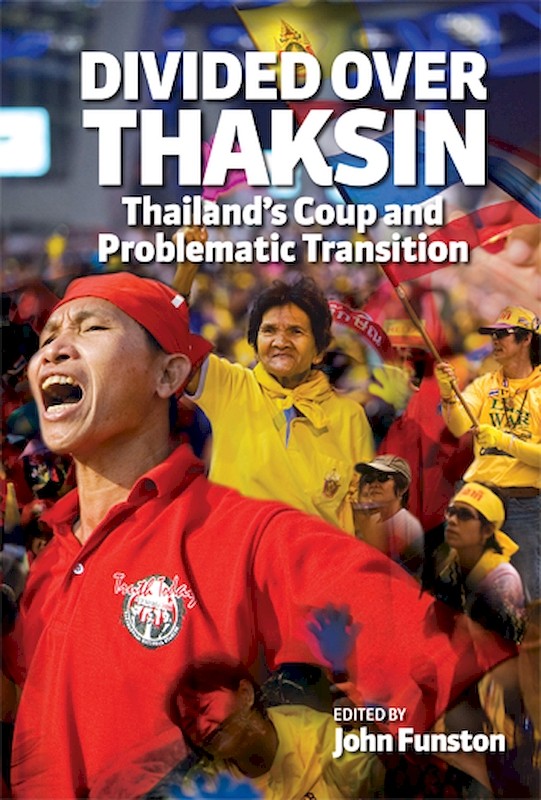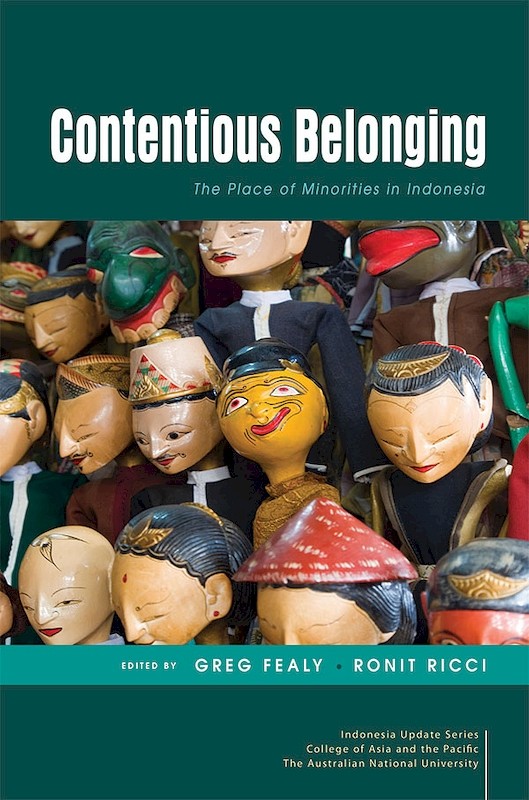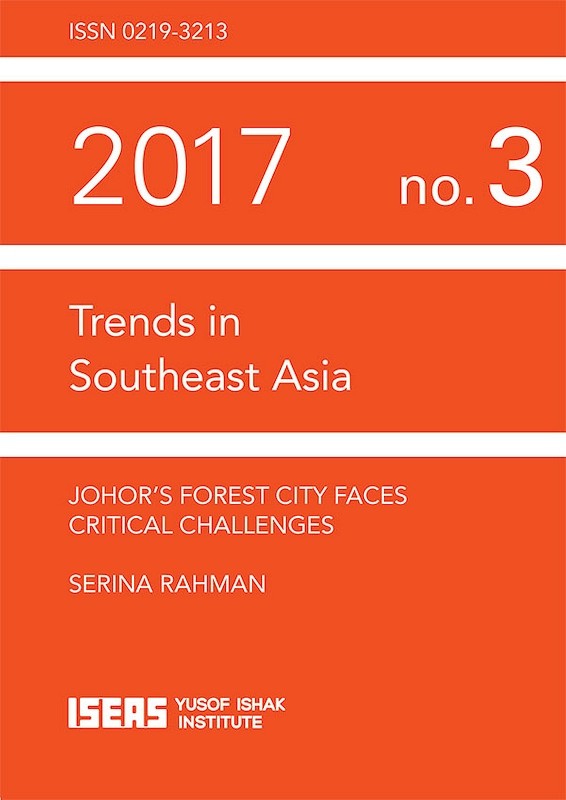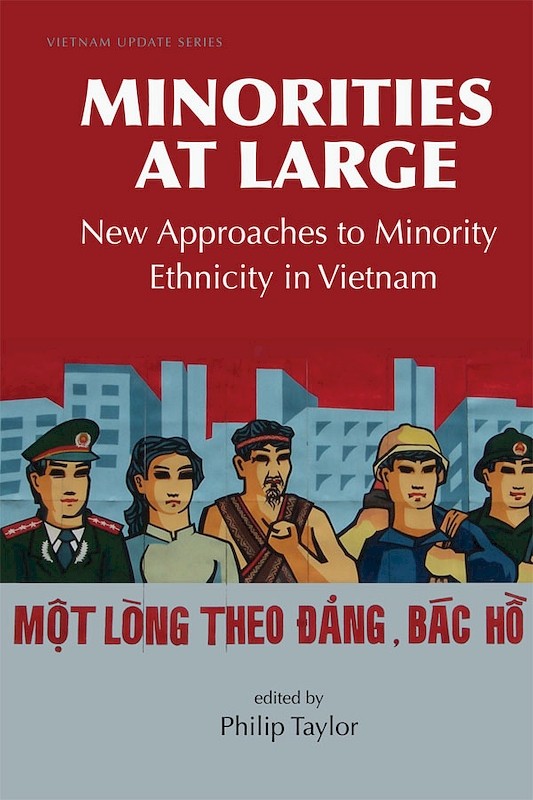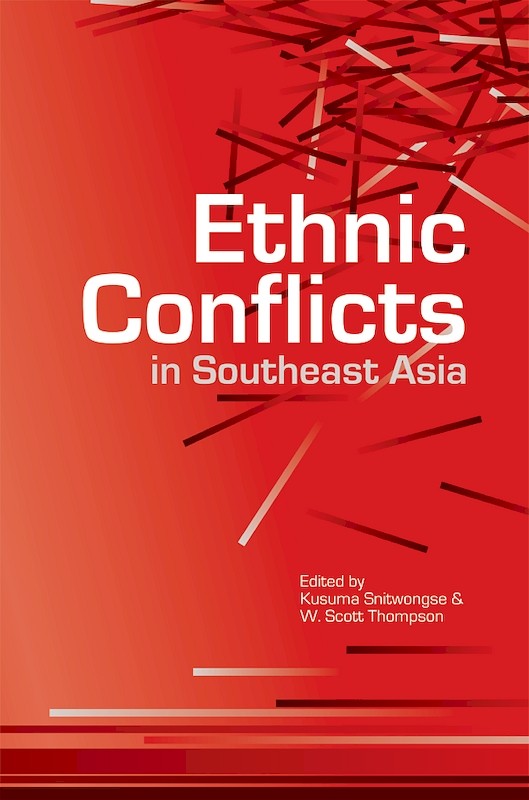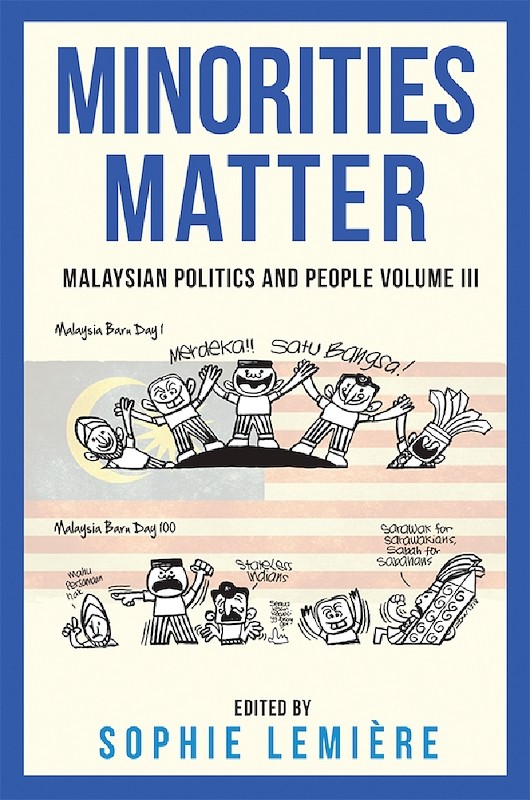Siamese Melting Pot: Ethnic Minorities in the Making of Bangkok
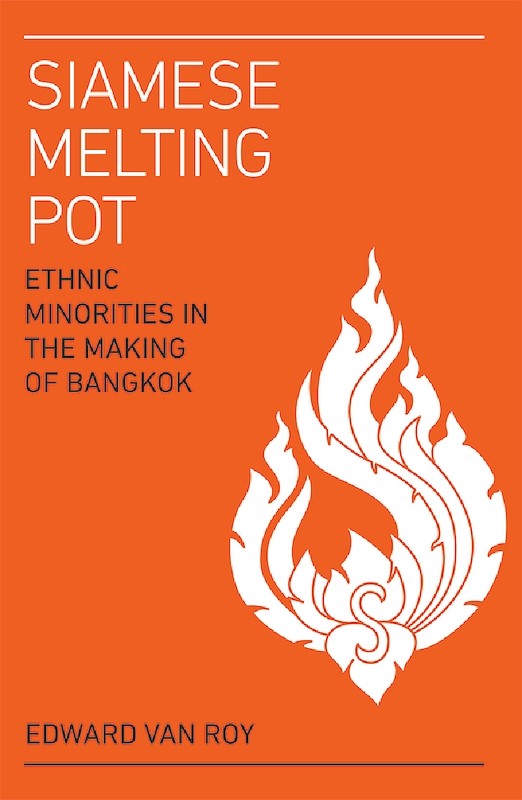
Edward Van Roy, author
Date of publication:
2017
Publisher:
ISEAS – Yusof Ishak Institute / Silkworm Books
Number of pages:
296
Code:
BM548
Soft Cover
ISBN: 9789814762830
Reviews
Matthew Reeder, Southeast Asian Studies, Vol. 9, No, 1, 2020.
"Based on decades of ramblings on foot combined with a thorough survey of published materials on the city's communities, Siamese Melting Pot offers a persuasive account of the demise of ethnic pluralism at the hands of ethnic nationalism.
Edward Van Roy makes two powerful contributions to the history of ethnicity in Siam. First, he makes the case that a certain spatial logic underpinned the physical arrangement of ethnic settlements in Early Bangkok.
Van Roy's second major contribution is to explain the mysterious disappearance (or dramatic attenuation) of the ethnic communities that were so prominent in the nineteenth century.
The book is productive, because it leaves the reader eager to explore even further the historical interconnections between ethnicity, power, and space. So, for its incomparably rich treatment of Bangkok's diverse array of old neighbourhoods, its compelling account of the obsolete logic of Bangkok's ethno-spatial layout, and especially its powerful explanations for the gradual transformation of ethnic subjects into Thai nationals, this book is a success."
Nathan Porath, Bijdragen Tot De Taal-, Land-En Volkenkunde, 2018, 491 -551.
Each chapter details the history of one ethnic group under a title characterizing the initial conditions of the group's presence in the capital. A further penultimate chapter briefly focuses on smaller groups, Khmer, Vietnamese, Thai Yuan, Sikhs, and Farang (Westerners) living in Bangkok around the turn of the twentieth century. The author takes what he understands to be an ethno-historical approach to diverse data obtained from primary and established secondary accounts as well as data from participant-observation drawn from half a century of living in Bangkok."
About the publication
Ethnic minorities historically comprised a solid majority of Bangkok's population. They played a dominant role in the city's exuberant economic and social development. In the shadow of Siam's prideful, flamboyant Thai ruling class, the city's diverse minorities flourished quietly. The Thai-Portuguese; the Mon; the Lao; the Cham, Persian, Indian, Malay, and Indonesian Muslims; and the Taechiu, Hokkien, Hakka, Hainanese, and Cantonese Chinese speech groups were particularly important. Others, such as the Khmer, Vietnamese, Thai Yuan, Sikhs, and Westerners, were smaller in numbers but no less significant in their influence on the city's growth and prosperity.
In tracing the social, political, and spatial dynamics of Bangkok's ethnic pluralism through the two-and-a-half centuries of the city's history, this book calls attention to a long-neglected mainspring of Thai urban development. While the books primary focus is on the first five reigns of the Chakri dynasty (1782–1910), the account extends backward and forward to reveal the continuing impact of Bangkok's ethnic minorities on Thai culture change, within the broader context of Thai development studies. It provides an exciting perspective and unique resource for anyone interested in exploring Bangkok's evolving cultural milieu or Thailand's modern history.
Co-publication: ISEAS – Yusof Ishak Institute / Silkworm Books
Co-published and distributed in Thailand by Silkworm Books
Contents
-
Siamese Melting Pot:Ethnic Minorities in the Making of Bangkok
[Whole Publication, ISBN: 9789814762847], by Edward Van Roy, author -
Preliminary pages
-
1. Old Bangkok: An Ethnohistorical Overview
-
2. Interlopers: Portuguese Parishes
-
3. Safe Haven: Mon Refugees
-
4. Under Duress: Lao War Captives
-
5. Contending Identities: Muslim Minorities
-
6. Taming the Dragon: Chinese Rivalries
-
7. Along the Margins: Some Other Minorities
-
8. Retrospect: Contextualizing Some Contentious Concepts
-
Bibliography
-
Index
-
About the Author

